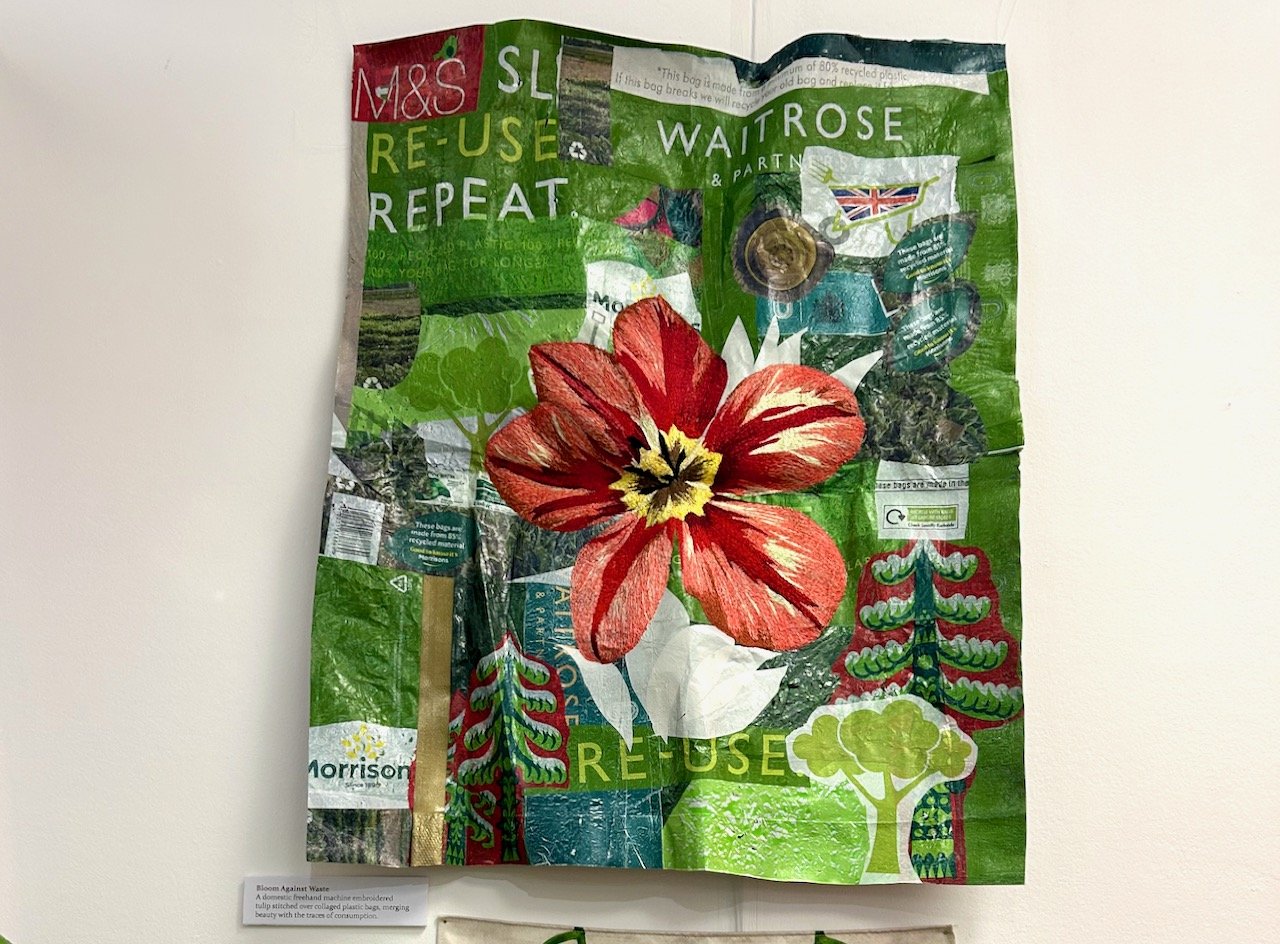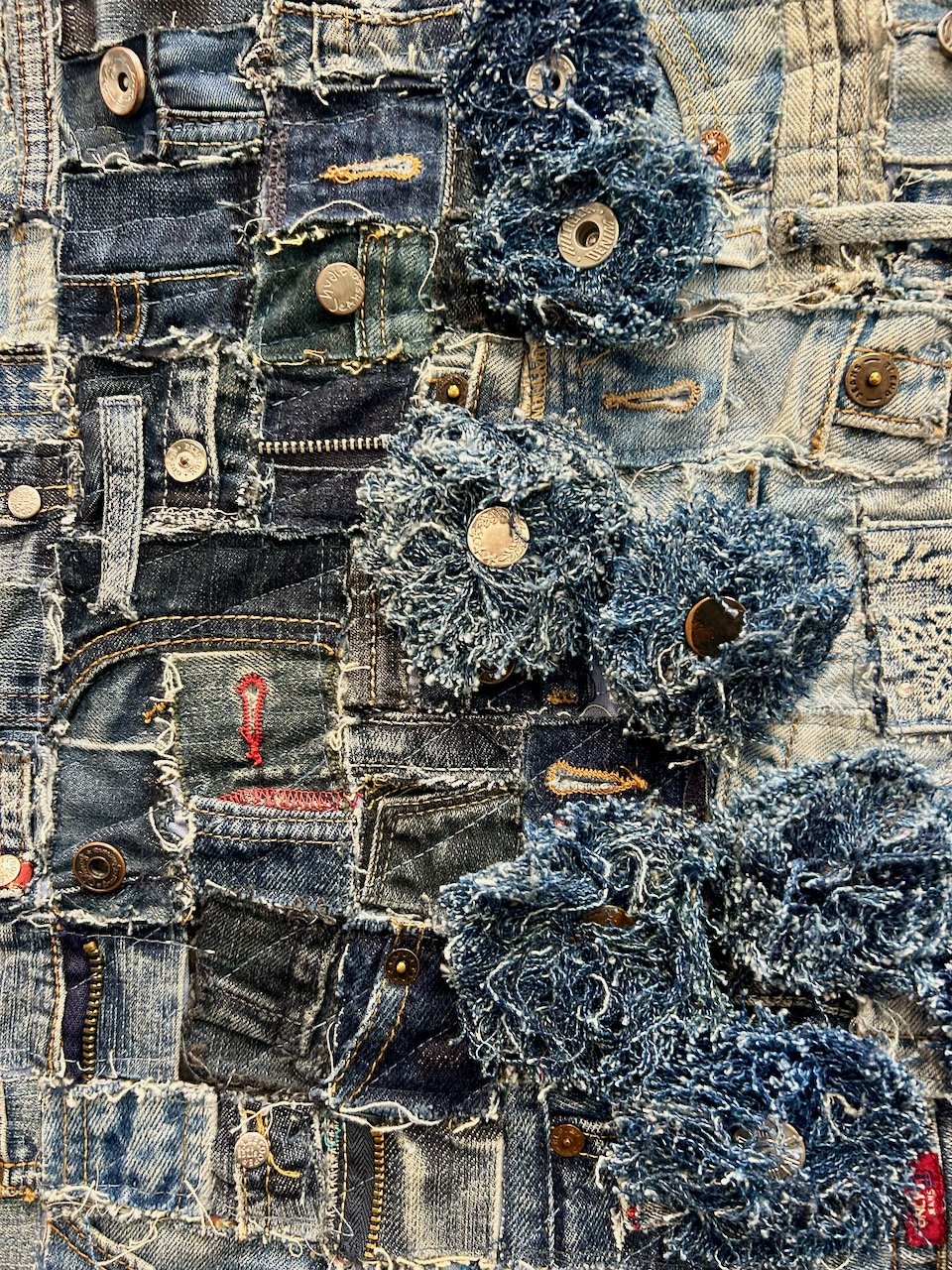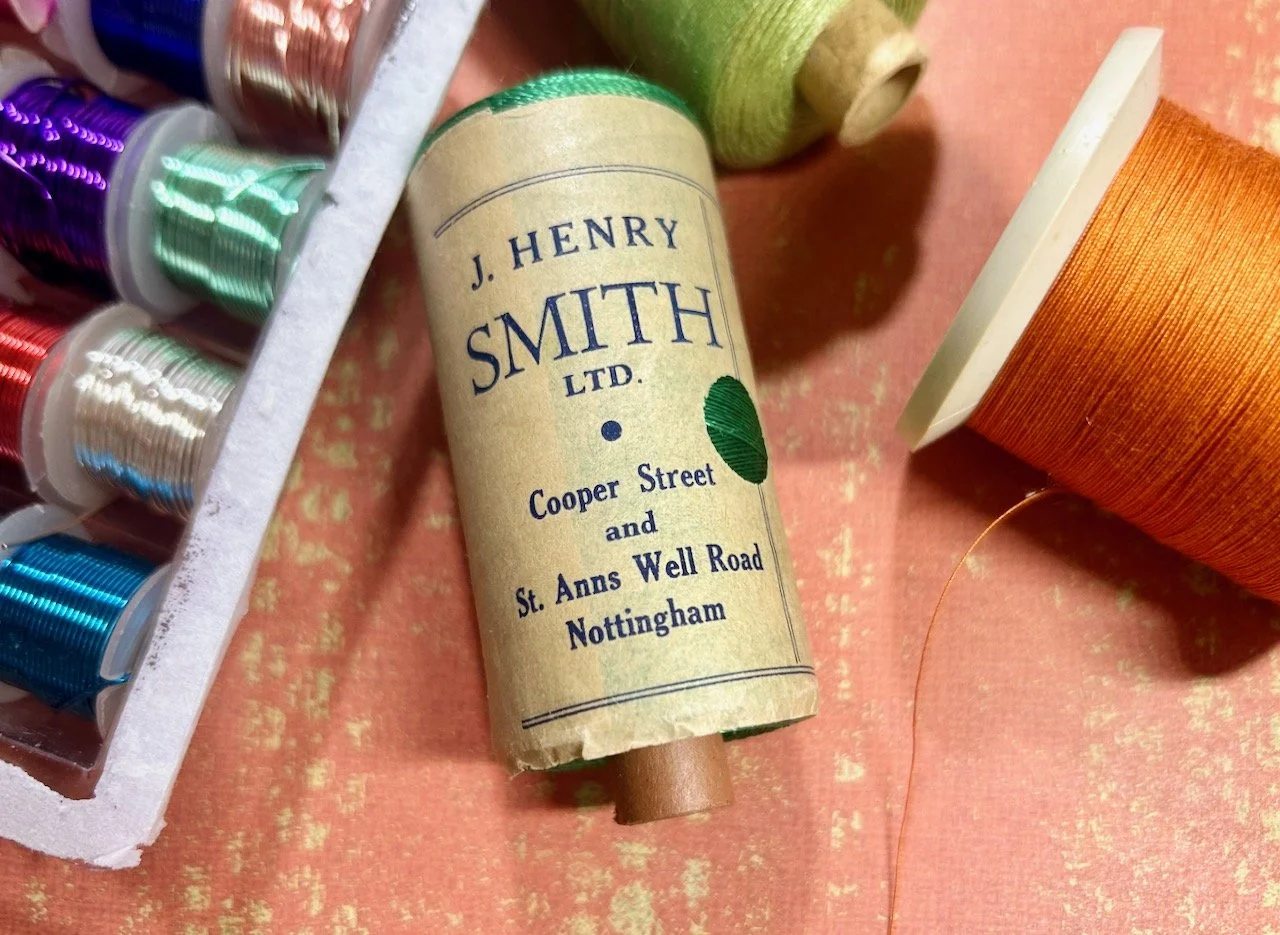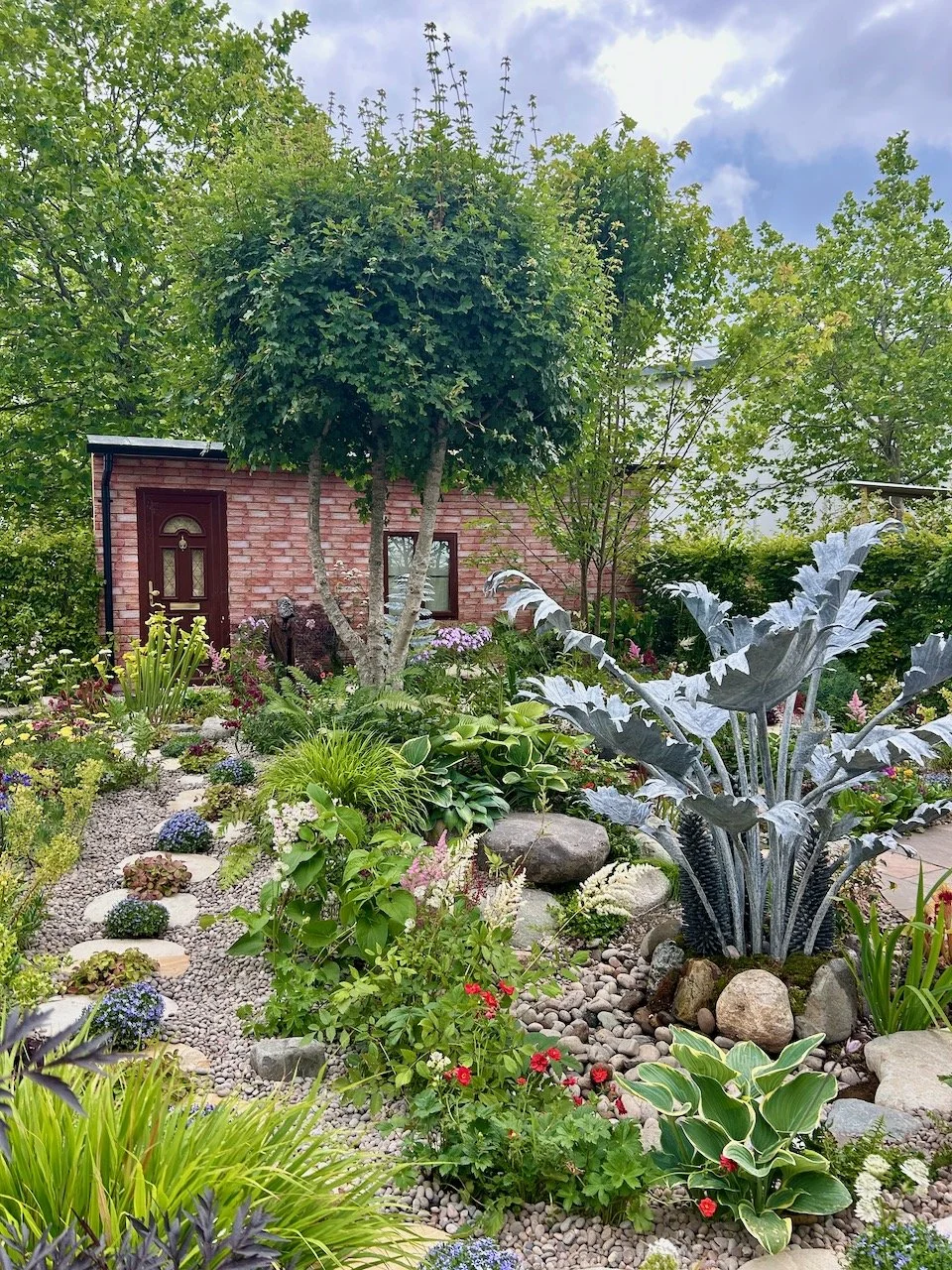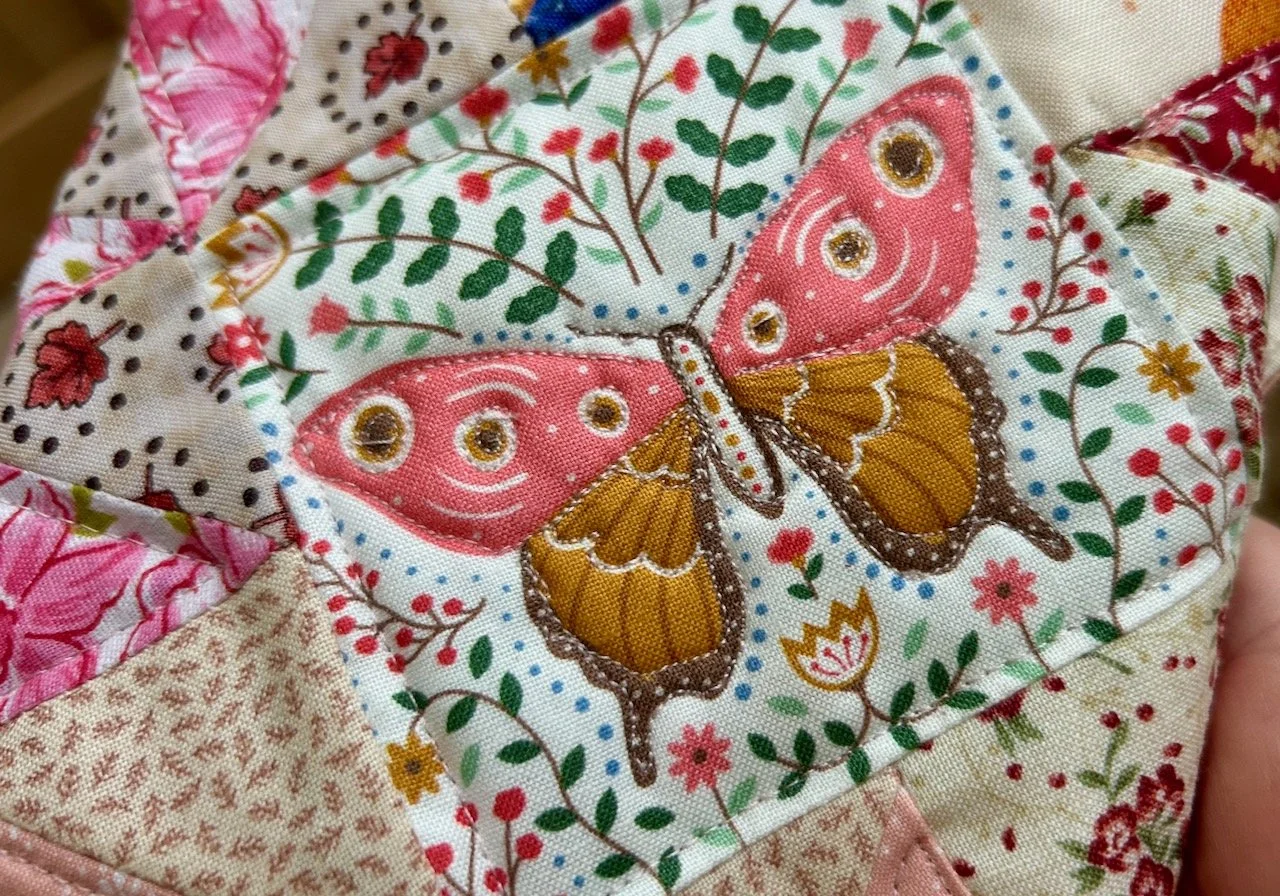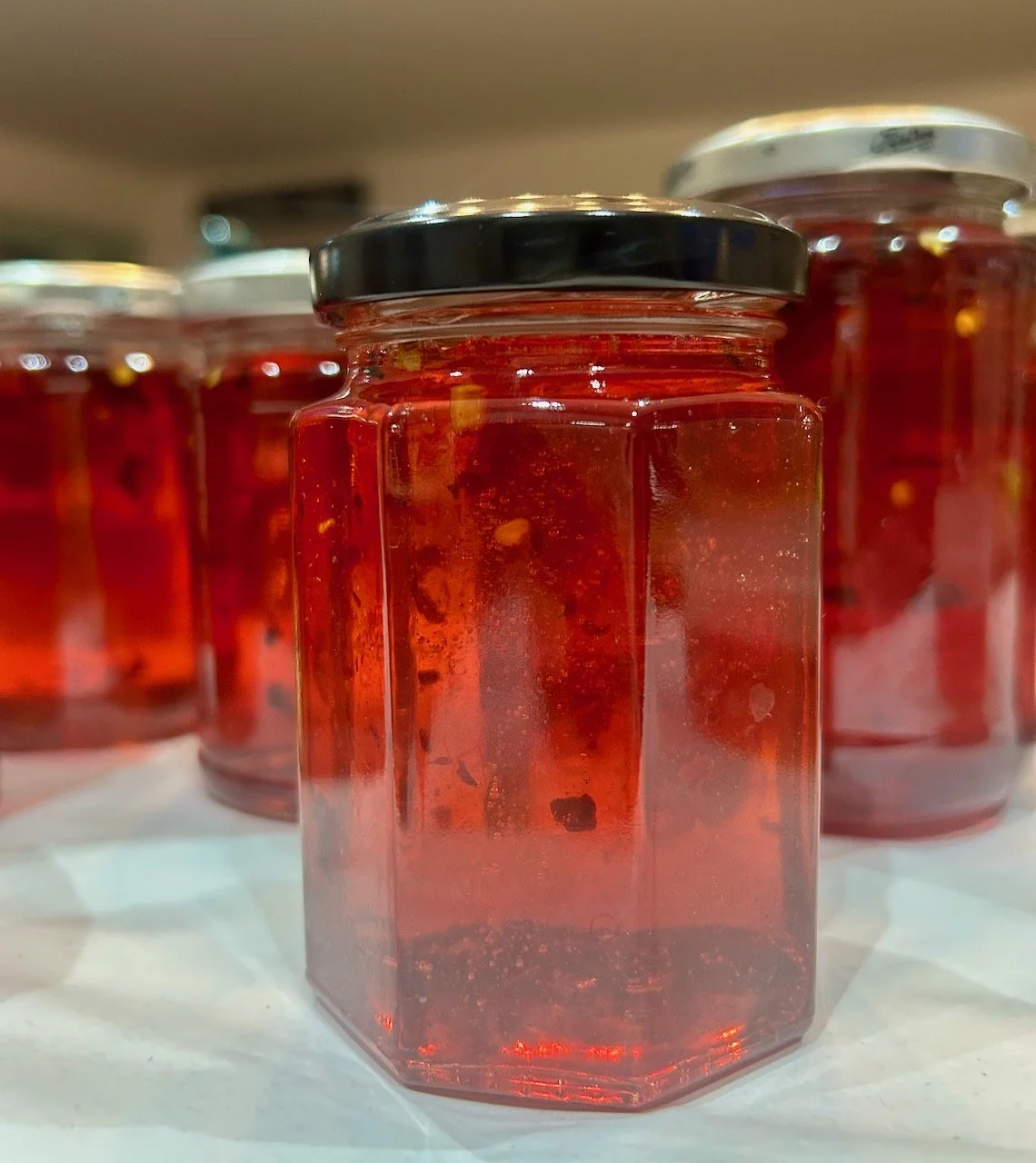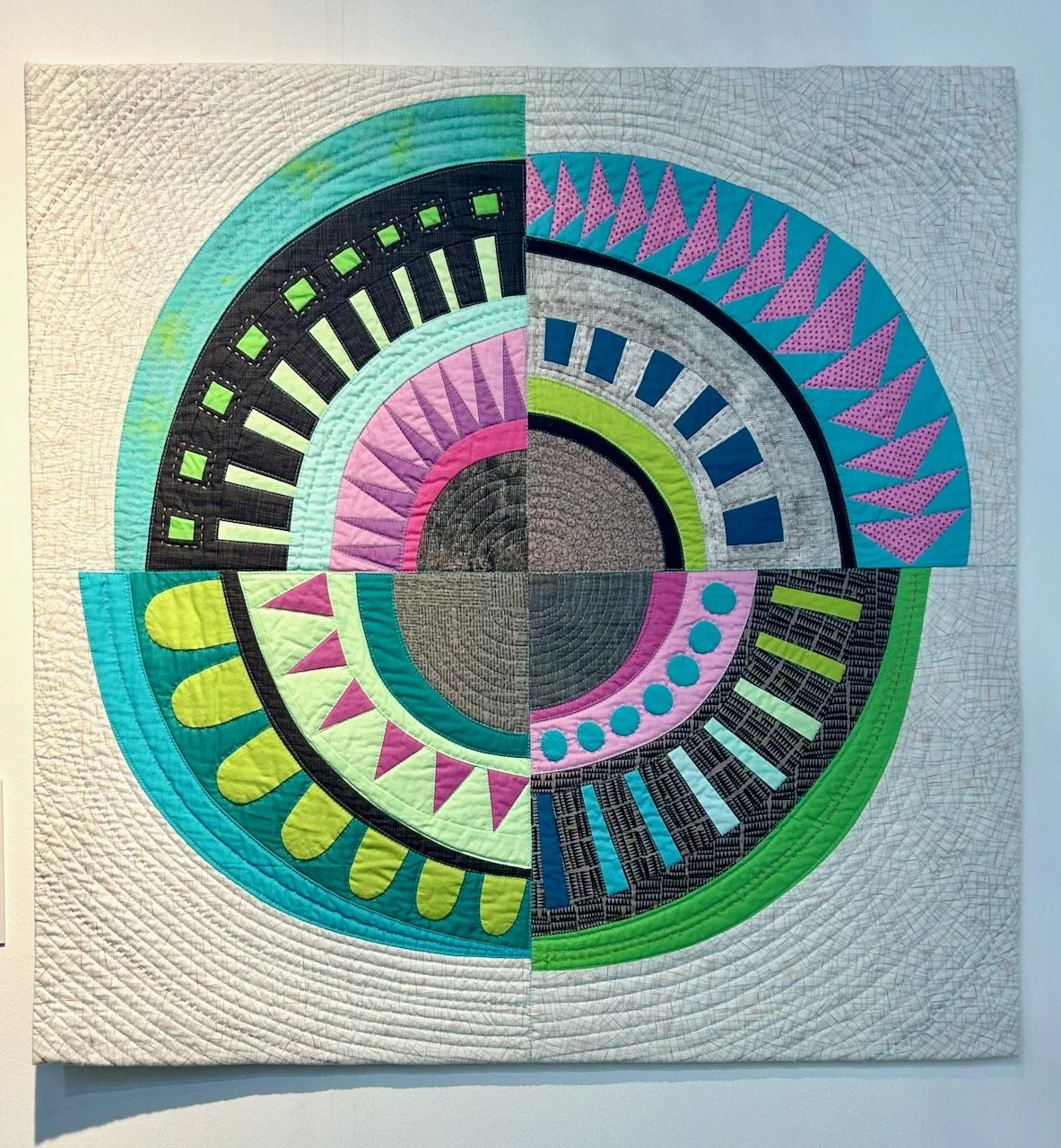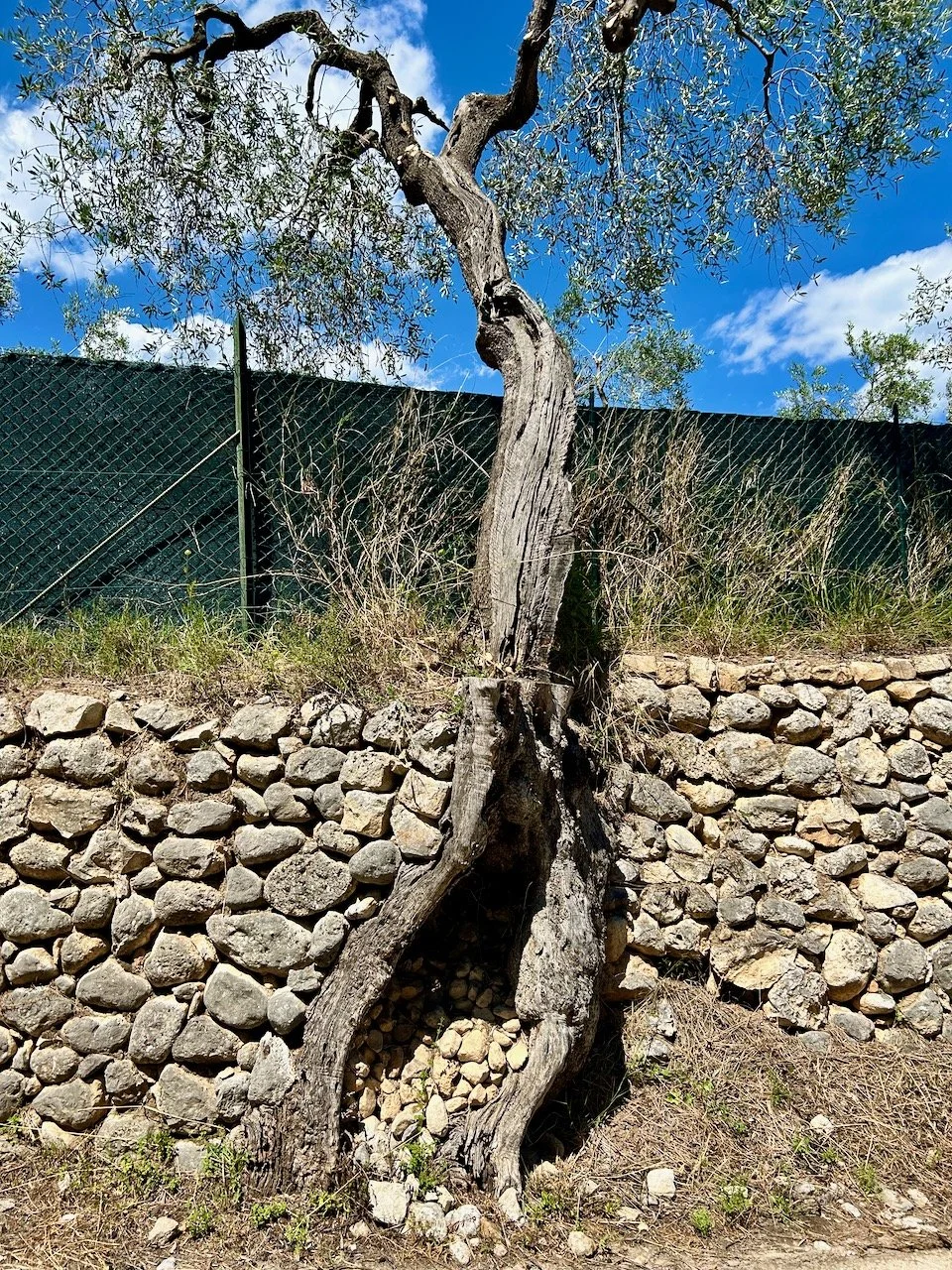It's been a while since we completed what I call Phase 1 of our redecoration project, which included some work on our spiral staircase. We'd ummed and ahhed about getting the work done because it's a big job and well, because stairs are pretty essential in any house aren't they? But it's one piece of work we've never regretted, breathing new life and beauty into this feature in our house was worth it.
Just last week I shared a beautiful papercut which featured our stairs and so it's timely that today we can talk about spiral staircases. We've been in our house so long now - fifteen years - that I forget that spiral stairs aren't usual!
But there's definitely advantages and drawbacks to them:
They're space savers
Definitely a benefit in our house, and often it's the case that they take up much less space than a traditional straight staircase. It uses a lot of floor space, which allows gives you more space in the rooms upstairs, and if you enclose your staircase can give you some amazing shaped bedrooms. Or you could even use a spiral staircase for access to the loft, or a single bedroom.
And can be traditional or contemporary
So you can match the style of your stair case to the decor and fittings in your home. Although our house dates from around the 1890s it has no traditional features (sadly) but that means contemporary styles fit well in our house, which is a good thing, and much of our storage and pipework is hidden (yay!).
In Medieval castles and Georgian homes, spiral stairs were considered a standard aspect of the design. The winders (the proper name for the treads) were usually made of traditional oak for a natural look. In modern homes, spiral staircases can be made up of glass or metal, to look more contemporary.
Photo by Lynne MacMath on Unsplash
But are they suitable for everyone?
It's a concern, it's true. The people who lived here previously had children and they said the children coped well with them, but for younger children I can see this would be a worry. It's similar for ageing parents too, they take much longer to ascend and descend our stairs, and do it much more carefully. As we've no downstairs loo, it does mean they have to go up there when they visit.
At our party recently a six year old guest was wowed by our stairs and his mum realised he'd probably not seen a spiral staircase before. He was so wowed that we said he could try them out, so up he went, with mum calling after him to stay on the wide part of the steps. On the way up he met my MIL who was on her way down, much more slowly.
He reached the top floor and called down asking what he should do now, to which of course we said "come on down" with mum adding "carefully" and MIL smiled knowingly and remembered the days fondly when you just went upstairs for fun!
People expect moving furniture to be tricky, and it can be. Although we've had a fridge-freezer on the top floor and that went up, and came down again relatively easily with two people. A new carpet in our bedroom caused a few more problems, but that too went up, carefully - I was thankful for that as everywhere had been decorated and I wasn't keen for any scuff marks.
Most things have gone up easier than we thought they would. The trickiest thing was a piece of moulding for our old wardrobes that stretched over five wardrobe doors, and it was the length that was tricky. With some careful maneuvering through the ironwork and into the bathroom and then the bedroom in a triangular movement, that got up there too. It's something we consider when buying furniture though!
About spiral staircases
As you know they consist of wedge shaped treads usually known as winders. But what's even better is that you can use a mixture of winders and straight treads to get a customised layout that works for your space. If you're doing this then it's best to buy from a stair parts manufacturer who will advise you on the correct parts for your ideal spiral staircase.
Installing a spiral staircase
If you’re transforming your staircase from straight steps to a spiral staircase, you will need to consult a professional. You can do the fitting yourself, but you should always get advice to avoid making the opening too big, or another mistake which will make your staircase faulty. Be sure to do your research, and choose materials that are long-lasting, stairs get a lot more use than you think. That's something we discovered when our renovation work was underway and we were temporarily left with alternate treads while the work took place. There was no dashing down the stairs quickly, and it seemed, everything was upstairs when we were downstairs or vice versa.
If you're going to the trouble of changing your staircase then I'd always opt for a custom layout over a pre-assembled one. It's likely that a pre-assembled staircase will need adjusting during the installation process, which can be more costly than buying a custom staircase in the first place.
Transforming an existing spiral staircase
If, like us, you already have a spiral staircase and want to make it your own, there are several ways you can achieve this. Perhaps it's a simple as staining the wood with a stain - for us, we had our winders sanded to reveal the natural beauty of the wood, or maybe paint the treads or replace a wooden balustrade for a modern chrome alternative.
Although spiral staircases may be impractical in busy family homes, there’s no denying they look stunning and can be a real feature. There’s a reason that medieval kings opted for them in their castles – they represent opulence and elegance.
Would you consider a spiral staircase in your home?
This is a collaborative post, but all views and opinions are my own.

